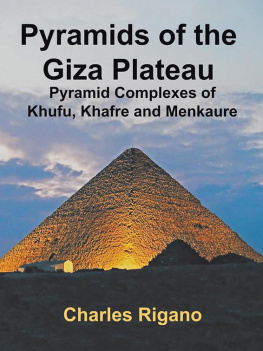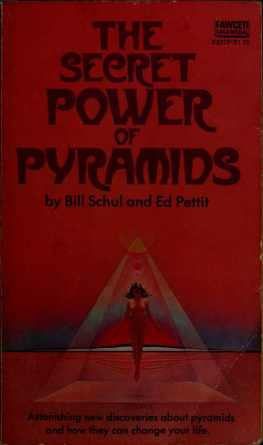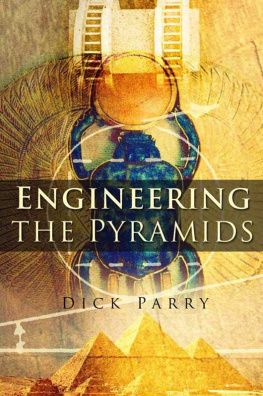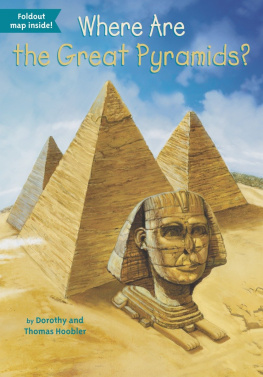Scott Creighton - The Secret Chamber of Osiris: Lost Knowledge of the Sixteen Pyramids
Here you can read online Scott Creighton - The Secret Chamber of Osiris: Lost Knowledge of the Sixteen Pyramids full text of the book (entire story) in english for free. Download pdf and epub, get meaning, cover and reviews about this ebook. year: 2014, publisher: Bear Company, genre: Science fiction. Description of the work, (preface) as well as reviews are available. Best literature library LitArk.com created for fans of good reading and offers a wide selection of genres:
Romance novel
Science fiction
Adventure
Detective
Science
History
Home and family
Prose
Art
Politics
Computer
Non-fiction
Religion
Business
Children
Humor
Choose a favorite category and find really read worthwhile books. Enjoy immersion in the world of imagination, feel the emotions of the characters or learn something new for yourself, make an fascinating discovery.
- Book:The Secret Chamber of Osiris: Lost Knowledge of the Sixteen Pyramids
- Author:
- Publisher:Bear Company
- Genre:
- Year:2014
- Rating:5 / 5
- Favourites:Add to favourites
- Your mark:
The Secret Chamber of Osiris: Lost Knowledge of the Sixteen Pyramids: summary, description and annotation
We offer to read an annotation, description, summary or preface (depends on what the author of the book "The Secret Chamber of Osiris: Lost Knowledge of the Sixteen Pyramids" wrote himself). If you haven't found the necessary information about the book — write in the comments, we will try to find it.
Details how the first 16 pyramids represent the allegorical dismembered body of Osiris and the legendary missing part is a secret underground chamber
Explains how the pyramids were built as recovery vaults and with the secret chamber contained everything needed to rebuild civilization after the Deluge
Examines the technology used to build the pyramids and fly the stones into place
After nearly 200 years of the pyramid-as-tomb theory, a growing body of evidence suggests the first 16 pyramids of ancient Egypt were not royal tombs but nearly indestructible recovery vaults designed to revive civilization after an anticipated major catastrophe, the Deluge of Thoth.
Scott Creighton examines the prophecy of catastrophe and the ancient Egyptians massive undertaking to ensure the survival of their civilization. He explains how the pyramids acted as easily located storehouses for seeds, tools, and civilizing knowledge, yet they would have been too visible to house the precious treasures necessary to restore the rich culture of ancient Egypt. For this, the ancients created a secret chamber whose existence was hidden in myth and whose location was encoded in the Giza pyramids.
Creighton shows how, collectively, the first 16 pyramids represent the allegorical dismembered body of Osiris, the Egyptian god of agriculture and rebirth, and, as in the myth of Osiris, one part is missing or hidden--a secret chamber under the sands of the Giza plateau. Creighton reveals how the 3 great pyramids of Giza point to the secret location and how they were built with technology akin to modern hot air balloons, used to fly the stones into place as cited in Egyptian legends and shown in ancient art.
Offering a new understanding of this remarkable civilization, the author concludes with a startling revelation: shortly after he revealed the location of the secret chamber of Osiris--a location never before explored--it became the site of a major excavation by the Egyptian authorities, the results of which have yet to be made public.
Scott Creighton: author's other books
Who wrote The Secret Chamber of Osiris: Lost Knowledge of the Sixteen Pyramids? Find out the surname, the name of the author of the book and a list of all author's works by series.









